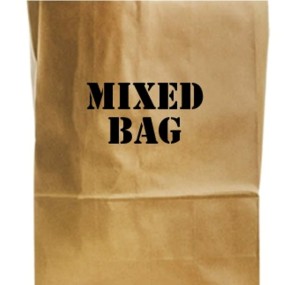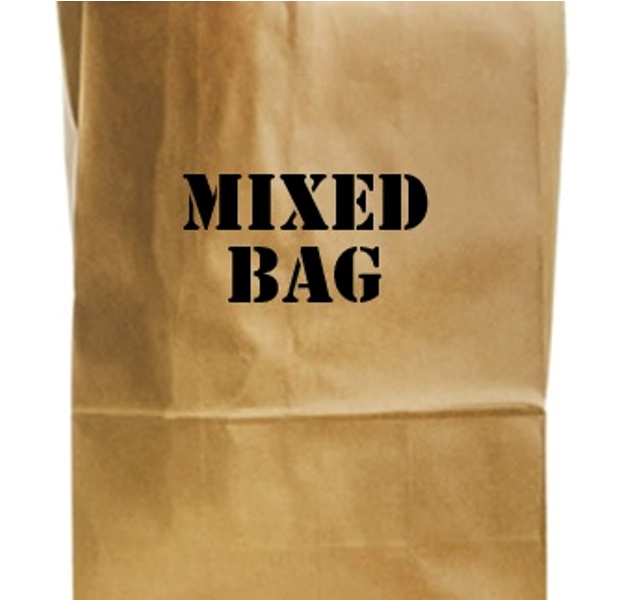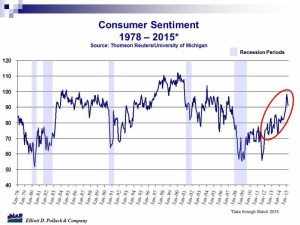 The Monday Morning Quarterback: A quick analysis of important economic data released over the last week.
The Monday Morning Quarterback: A quick analysis of important economic data released over the last week.
By Elliott D. Pollack and Company
Economic news this past week was more mixed than it has been in a while.
Most was good news. But, some was not so good news. Hopefully, the not so good news will prove to be transitory. Get used to this because the part of the cycle that is all good news is probably over.
However, this is normal and does not signify any negative prospects for the near-term or even mid-term economic outlook. As will be discussed, the consensus forecast for real GDP remains strong. And consumer confidence, while down, is still high. Retail sales and inventories/sales ratios, however, moved the wrong way last month. On the good news side, Arizona employment seems to be mildly accelerating. Greater Phoenix leads the charge. Greater Tucson continues to lag. This trend should continue.
Arizona Snapshot:
- The seasonally adjusted unemployment rate in the state remained unchanged in January at 6.6 percent. A year ago, the Arizona unemployment rate was 7.1 percent.
- The state has added 64,000 jobs over the past year. This is a 2.5 percent gain. The largest gains have been in education and health services, professional and business services, and leisure and hospitality. The state has gained back only 76 percent of the jobs lost in the last recession.
- Greater Phoenix gained 53,600 jobs over the past year. This is a gain of 2.9 percent. Greater Tucson gained only 4,500 jobs over the past year. This is a gain of 1.2 percent.
U.S. Snapshot:
- The national Blue Chip consensus forecast for real GDP, while revised down slightly over the past month, suggests that 2015 will be the strongest year for the economy since 2005. The downward revisions are mainly due to temporary severe winter weather and a West Coast port slowdown. While still slow for a recovery, 2015 is expected to grow by 3.1 percent and 2016 is expected to see an increase in real GDP of 2.9 percent.
- The University of Michigan consumer sentiment index fell this month to 91.2. This is down 4.2 points from February and the lowest reading since November. Sentiment peaked at 98.2 in mid-month January. That was the highest reading in 8 years (see chart below).
- Americans’ combined wealth hit the highest level ever at the end of last year. This was due to gains in the stock market and home prices. Wealth also tends to rise just from population growth, productivity gains and inflation. A cleaner gauge of Americans’ wealth is net worth as a share of disposable income. This remains below pre-recession levels. The wealth to income ratio stood at 630 percent last quarter compared to 651 percent in the 4th quarter of 2006. Still, American families have made major progress cutting their debt burdens which puts them in a stronger position to drive spending and growth. Total U.S. household debt was about 107 percent of disposable income in the fourth quarter, down from 108 percent in the previous quarter and well over 130 percent before the recession.
- Retail sales dropped in February but gas prices are not to blame. Rather, it was the decline in auto sales. This was not unexpected. Retail sales declined 0.6 percent after a decline of 0.8 percent in January.
- The manufacturing and trade inventories/sales ratio jumped to 1.35, up from 1.33 last month and 1.30 a year ago. This signifies some accumulation of inventories. Unwanted inventories are a negative for both future production and hiring.













